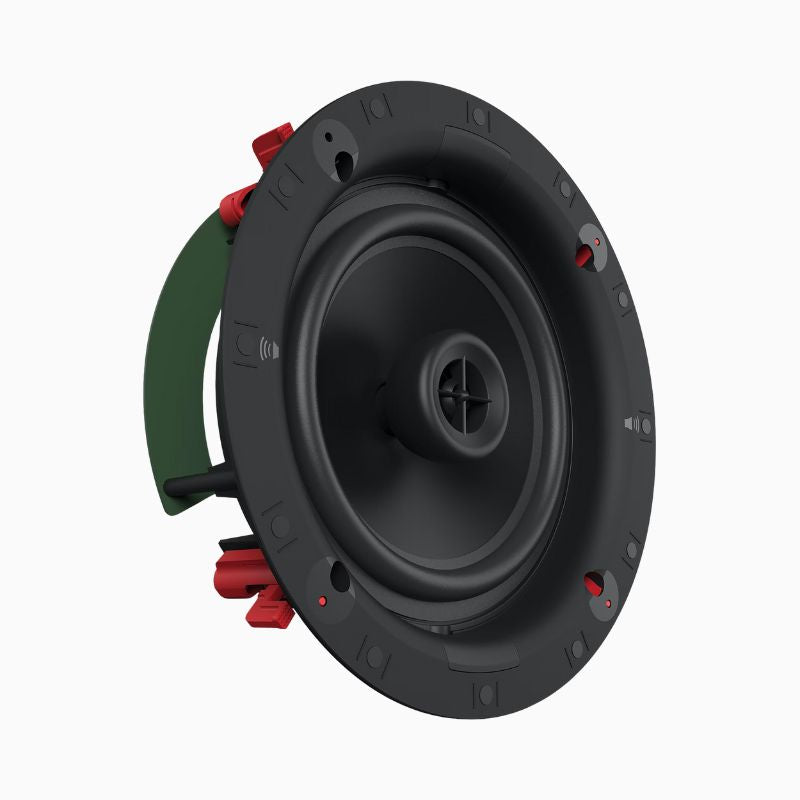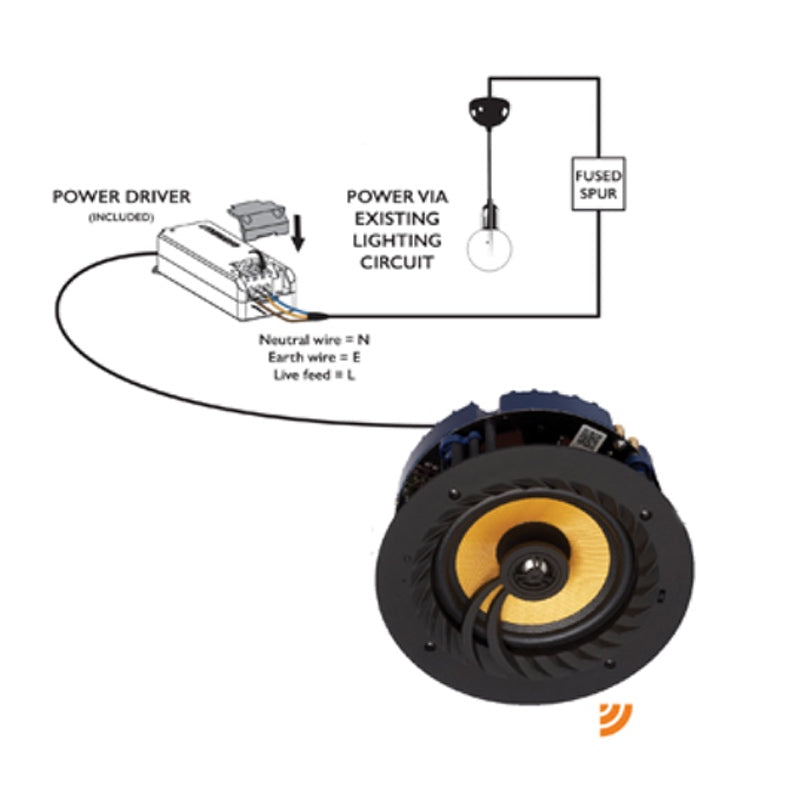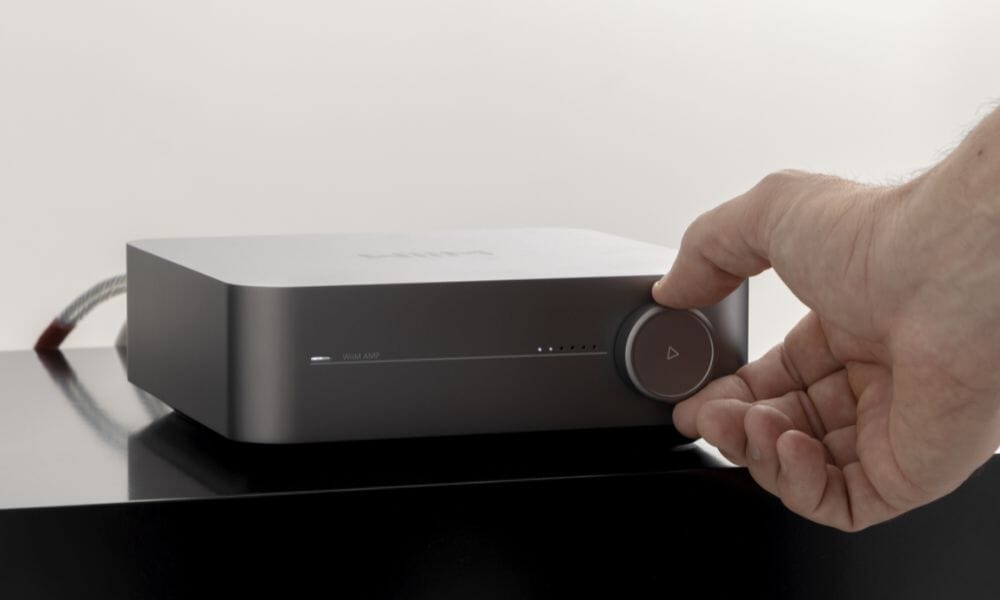The world of audio equipment can be a complex and often confusing landscape for the uninitiated.
One question that often arises when considering the installation of ceiling speakers is whether or not they require an amplifier.
Do Ceiling Speakers Need an Amplifier?
Now, to answer the question at hand: Do ceiling speakers need an amplifier?
The short answer is yes.
Like all speakers, ceiling speakers require an amplifier to function. The amplifier is what provides the power needed for the speakers to produce sound.
However, the specific requirements can vary depending on the type of ceiling speaker.
There are two main types of in ceiling speakers:
- Passive Speakers: Require an external amplifier to power them.
- Active Speakers: Have a built-in amplifier so do not require an external amp.
Passive Ceiling Speakers
Passive ceiling speakers are the most common type of ceiling speaker. They do not have a built-in amplifier and therefore require an external one.
The advantage of passive speakers is that they offer more flexibility in terms of the choice of amplifier, allowing for a greater range of sound quality options.
However, they also require a bit more wiring and installation compared to active ceiling speakers, as both audio and power cables need to be run to the amplifier.

Here's how the setup generally works:
-
Amplifier: An external freestanding amplifier is connected to the speakers with speaker cables.
-
Audio Source: The audio source can be any device that produces audio, like a built-in Bluetooth receiver, CD player, turntable, streaming device, TV, or other audio components.
-
Wiring: Speaker wires are then run from the amplifier to each individual ceiling speaker. The wiring is routed through the walls or ceiling to keep it hidden.
-
Connection: The speaker wires connect to the terminals on the back of each ceiling speaker. The speakers receive power from the amplifier, and the audio signal is translated into sound.
Here's an example of how two passive ceiling speakers would wire into an amplifier:

It's crucial to match the specifications of the amplifier with the requirements of the ceiling speakers.
The amplifier should provide an appropriate amount of power (measured in watts) to drive the speakers without causing damage, i.e don't use a 500W amplifier to power some 50W ceiling speakers.
Additionally, the impedance (measured in ohms) of the speakers should match the amplifier's output capabilities.
Don't let this put you off though, we've created a large amount of ready-to-install ceiling speaker system bundles to make it easy to choose the right system for you.
Active Ceiling Speakers
Active or powered ceiling speakers, such as the Lithe Audio Bluetooth ceiling speakers, have a built-in amplifier, meaning they do not require an external one.

This can simplify the installation process, as only a power cable needs to be run to the speaker. However, the built-in amplifier may not offer the same level of sound quality as a high-quality external amplifier.
Active speakers are often a good choice for smaller spaces or simpler audio setups, where the convenience of easy installation outweighs the need for top-tier sound quality.
These speakers are much easier to install, provided you can get a power supply to it.

However, for larger spaces or more complex audio systems where sound quality is key, passive speakers with a separate amplifier may be the better choice.
Whilst active ceiling speakers are a great solution for a lot of projects, you can only go with the size, quality and streaming options that are built into the speaker itself.
If you want more power, a subwoofer or more streaming options then you'll need to look at a separate amplifier + passive speaker combination for more flexibility.
Conclusion
In conclusion, whether or not ceiling speakers need an amplifier depends on the type of speaker.
Passive speakers require an external amplifier, while active speakers have a built-in one. Regardless of the type, an amplifier of some kind is necessary for the speakers to function and produce sound.
When choosing an amplifier for ceiling speakers, it's important to consider factors such as power and impedance to ensure compatibility and optimal sound quality. With the right amplifier, ceiling speakers can provide a high-quality, unobtrusive audio solution for any space.
Read More: Ceiling Speaker Amplifier Buying Guide

